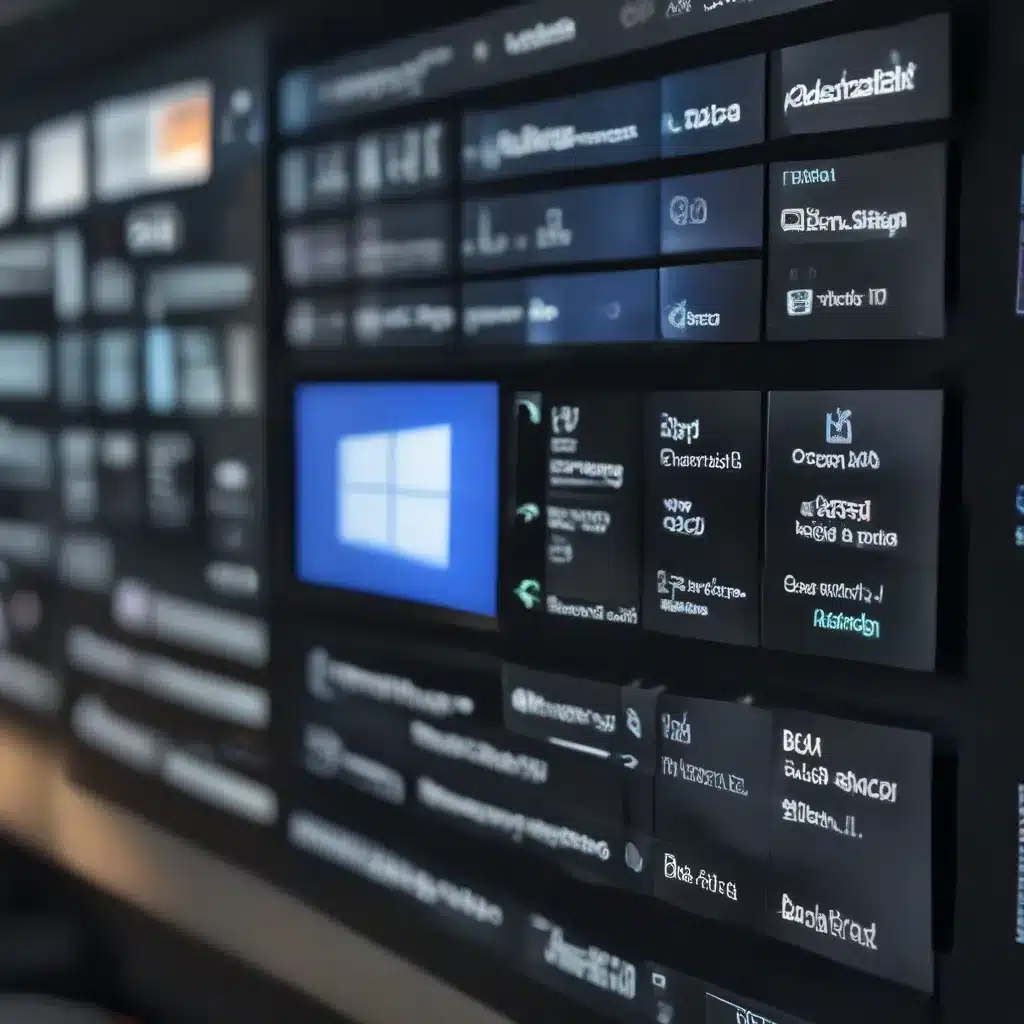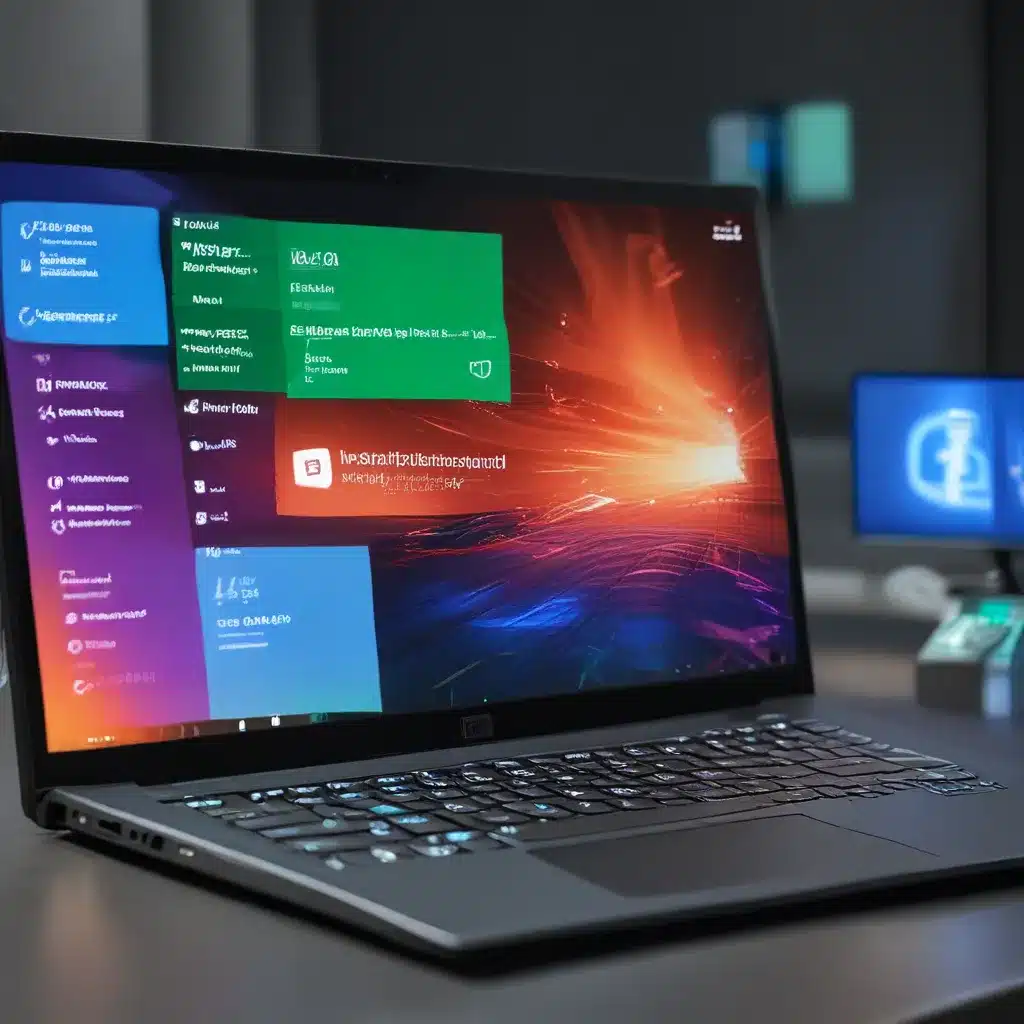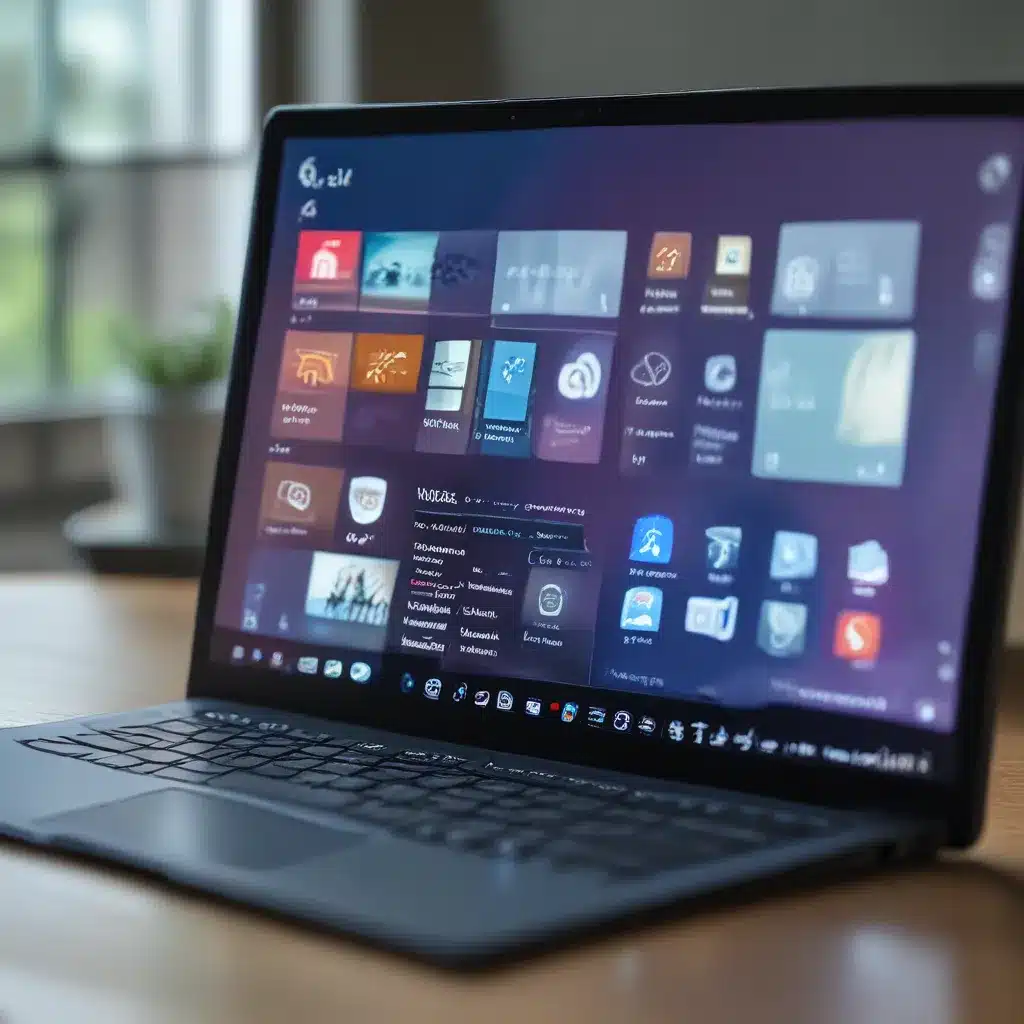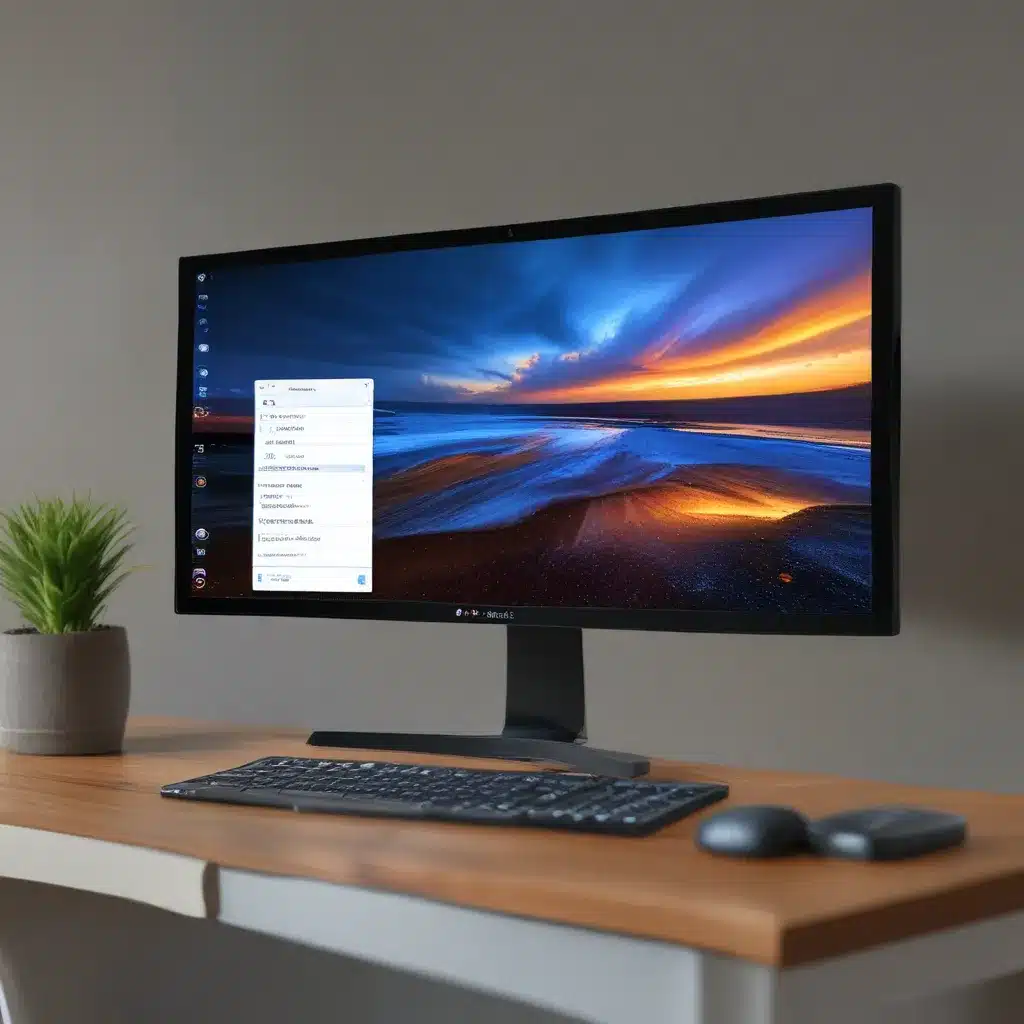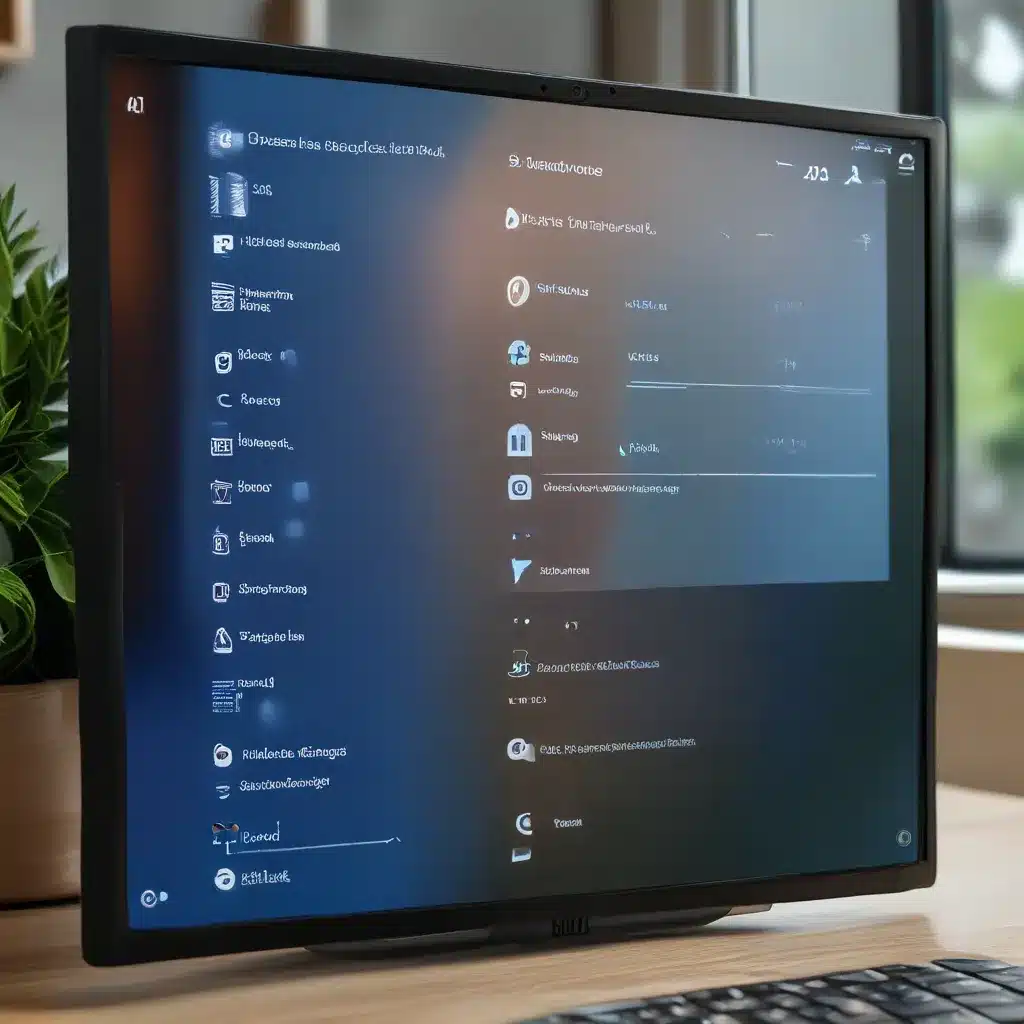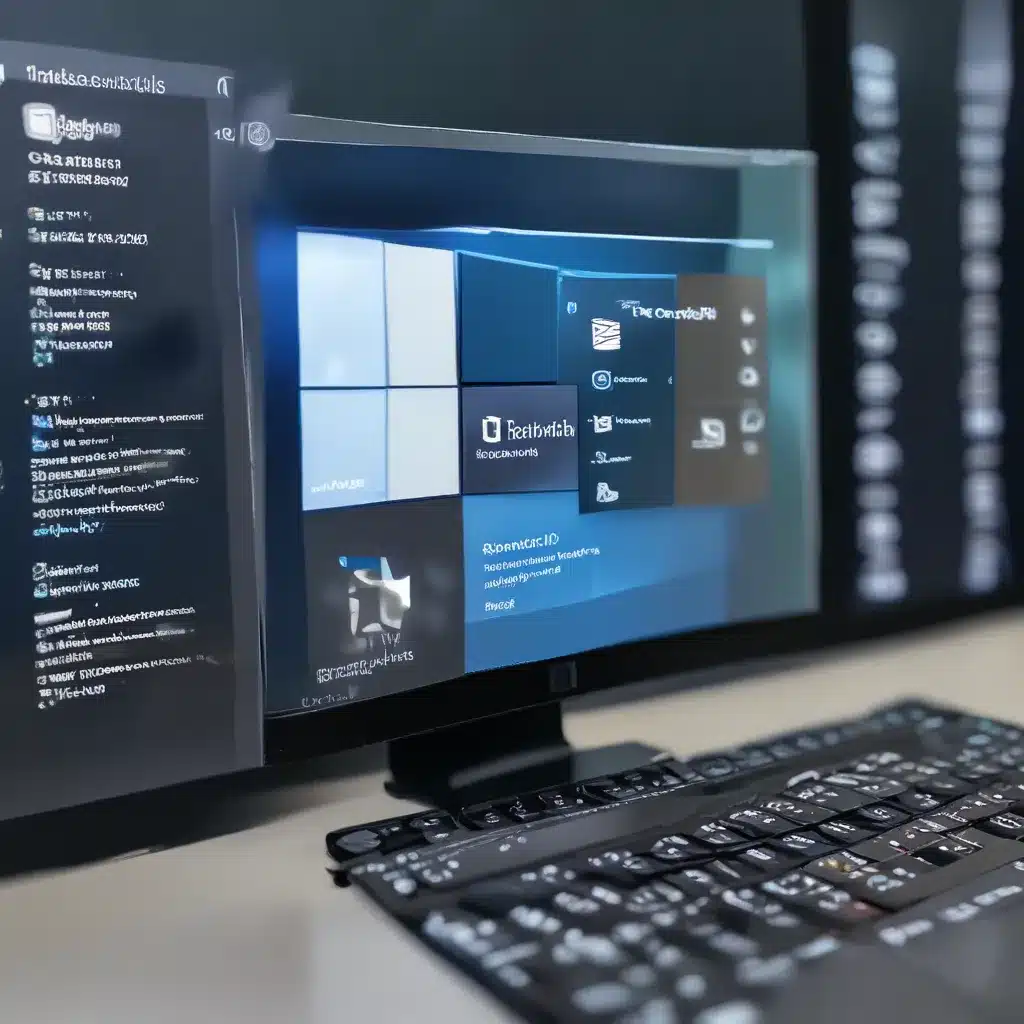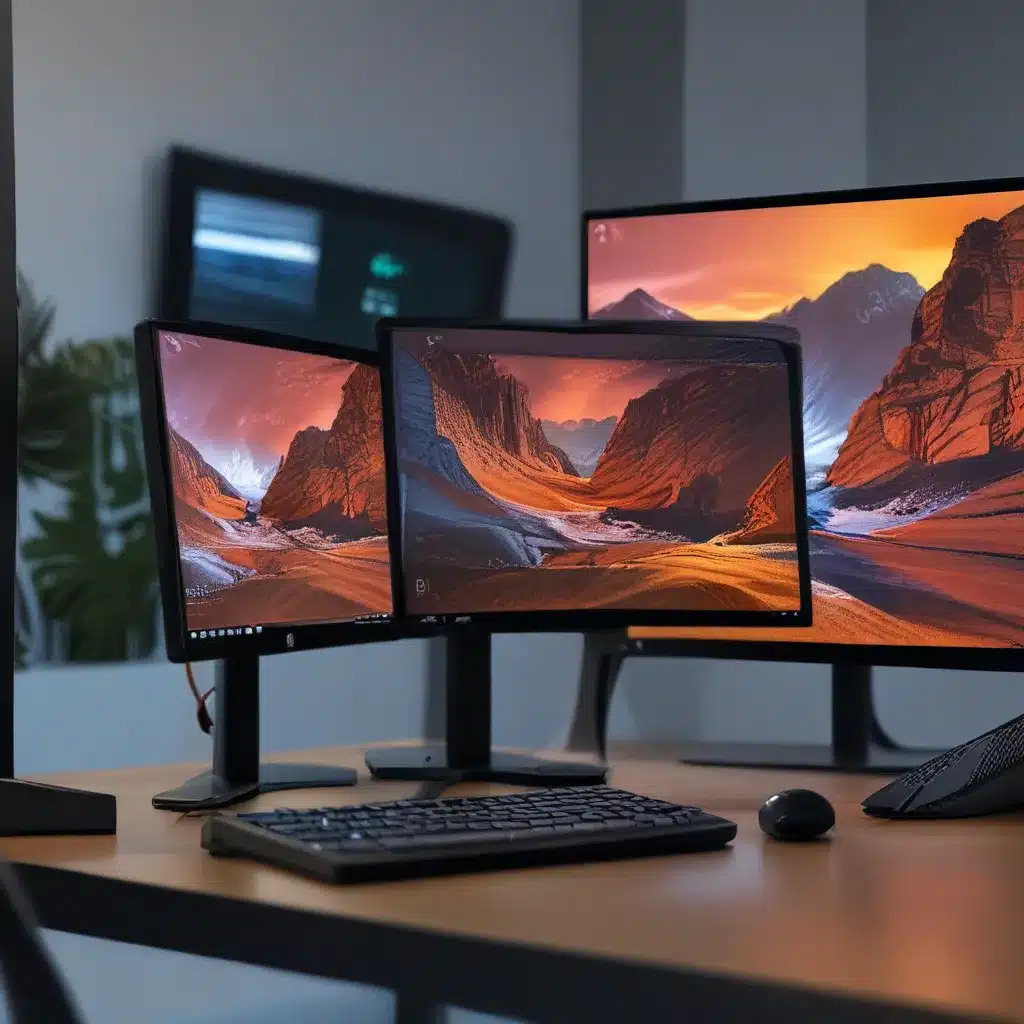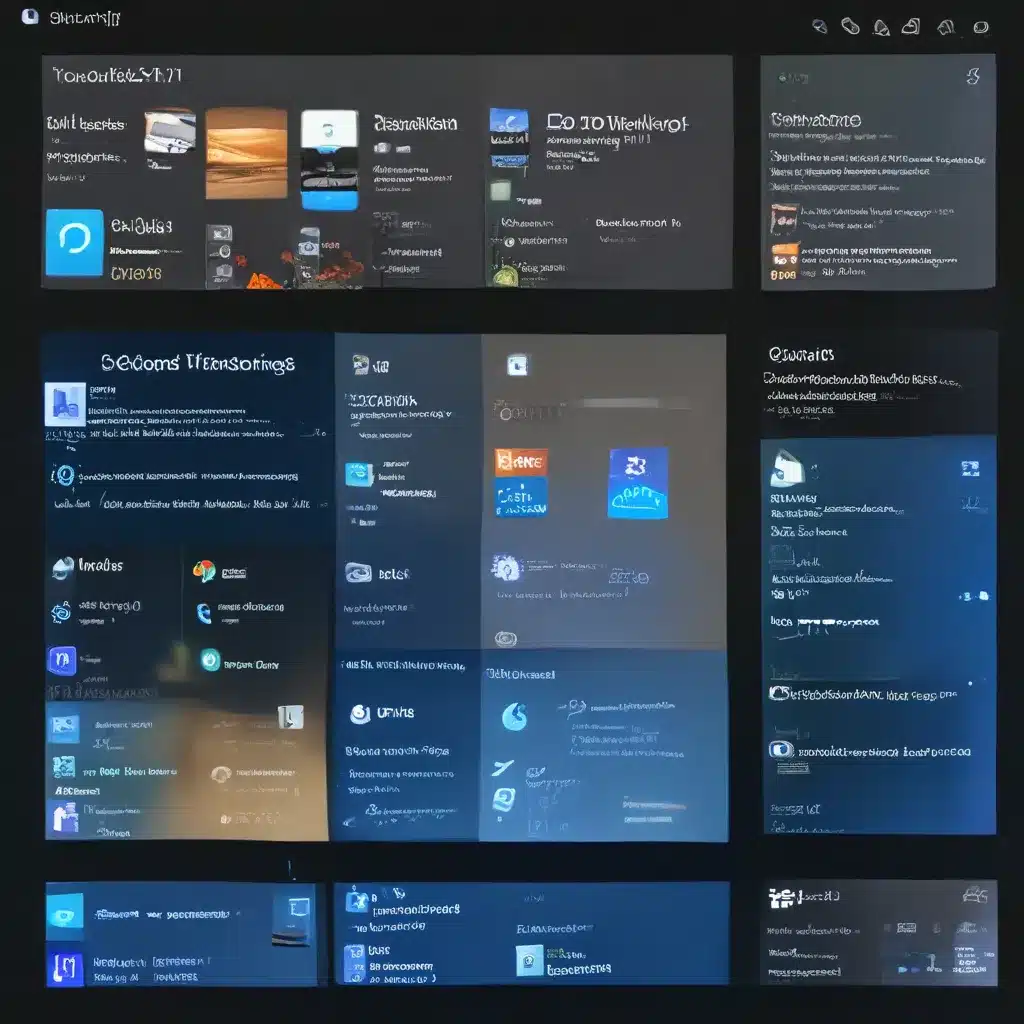As a self-proclaimed tech enthusiast, I’ve always been fascinated by the intricate world of operating systems and how we can squeeze every last drop of performance out of our devices. Recently, I found myself upgrading to Windows 11, and let me tell you, it’s been quite a journey. From navigating the new user interface to tackling some pesky driver issues, I’ve learned a thing or two about keeping my system running at its best.
The Importance of Proper Driver Management
If you’ve ever found yourself frustrated by a sluggish computer, random crashes, or weird system behavior, chances are, you’ve encountered a driver-related problem. Drivers are the unsung heroes of our digital lives, acting as the crucial link between our hardware and the software that runs on it. When they’re not functioning correctly, it can lead to a whole host of performance issues.
One of the key things I’ve learned about Windows 11 is that it places a greater emphasis on proper driver management than its predecessor. The operating system is designed to be more efficient and streamlined, but this also means it’s more sensitive to driver-related hiccups. That’s why it’s essential to stay on top of your driver game if you want to get the most out of your Windows 11 experience.
The Dreaded Driver Updates
Now, I know what you’re thinking – “Ugh, driver updates? That sounds like a pain in the neck.” And you’re not wrong. Navigating the world of driver updates can be a daunting task, especially for the uninitiated. But fear not, my fellow techies, because I’m here to guide you through the process.
One of the biggest mistakes I see people make is simply ignoring driver updates altogether. They think, “If it ain’t broke, don’t fix it,” but that’s a dangerous mindset in the world of technology. While it’s true that you don’t want to go around updating drivers willy-nilly, regularly checking for and installing the latest driver versions can make a world of difference in your system’s performance and stability.
The folks over on the r/windows subreddit have some great advice when it comes to managing your paging file, which is an important factor in driver performance. They suggest considering a paging file size that’s twice the amount of your system’s RAM, which can help provide a more stable and responsive environment for your drivers to operate within.
The Perils of Outdated Drivers
Now, let’s talk about the dangers of outdated drivers. I remember when I first upgraded to Windows 11, I assumed that my old drivers would still work just fine. Boy, was I wrong. It didn’t take long for me to start experiencing all sorts of issues – from random system crashes to poor graphics performance, and even compatibility problems with some of my favorite software.
As the kind folks on the Microsoft Answers forum pointed out, outdated drivers can cause all sorts of issues, like incorrect display resolutions and other visual glitches. And let’s not forget the security implications – outdated drivers can leave your system vulnerable to all kinds of nasty exploits.
Mastering the Driver Update Dance
Okay, so we’ve established that driver updates are crucial, but how do we go about actually keeping our drivers up-to-date? Well, my friends, it’s time to put on our dancing shoes and get into the groove of driver management.
First and foremost, it’s important to understand that not all driver updates are created equal. While Microsoft does a pretty good job of pushing out updates through Windows Update, sometimes you’ll need to go directly to the manufacturer’s website to get the latest and greatest drivers for your specific hardware.
The good folks over on the r/computers subreddit have some recommendations for free driver updater tools that can make this process a whole lot easier. These tools can scan your system, identify outdated drivers, and even install the updates for you with just a few clicks. It’s like having a personal driver concierge, and it’s a lifesaver for those of us who don’t want to spend hours scouring the internet for the right drivers.
The Balancing Act of Driver Optimization
But driver management isn’t just about keeping everything up-to-date. It’s also about finding the perfect balance between performance and stability. You see, sometimes the latest driver version might not play nicely with your specific hardware configuration or software setup. And that’s where the art of driver optimization comes into play.
I’ve found that it’s often worth taking the time to experiment with different driver versions to see what works best for your system. Maybe the latest graphics driver gives you a sweet boost in gaming performance, but it’s causing some weird glitches in your video editing software. In that case, you might want to consider rolling back to an older, more stable driver version.
It’s all about finding that sweet spot where your drivers are providing the optimal balance of performance and reliability. And trust me, it’s a dance worth mastering, especially if you want to get the most out of your Windows 11 experience.
The Importance of Regular Maintenance
Now, I know what you’re thinking – “Ugh, this all sounds like a lot of work.” And you’re not wrong. Proper driver management does require a bit of time and effort, but trust me, it’s worth it in the long run.
Think of it this way – your drivers are the foundation of your Windows 11 experience. If they’re not in tip-top shape, the whole system is going to start crumbling. That’s why it’s essential to make driver management a part of your regular maintenance routine.
Set aside a little time every month or two to check for updates, run those driver scans, and make sure everything is running smoothly. It may seem like a hassle, but trust me, it’s a lot less frustrating than dealing with a slow, unstable, or crash-prone system.
The Rewards of Proper Driver Management
And let me tell you, the rewards of proper driver management are truly spectacular. When you have your drivers dialed in just right, your Windows 11 experience is going to be silky smooth. Your games will run at buttery-smooth framerates, your creativity apps will feel lightning-fast, and your system will be as stable as a rock.
So, fellow techies, embrace the driver management dance. Put on your best dancing shoes, crank up the tunes, and let’s show Windows 11 who’s boss. With a little effort and a whole lot of persistence, you’ll be well on your way to optimal performance and a truly sublime computing experience.


